a theory: talking differently about Spiritus Mundi
3 is the magic Number
Limestone Quartz Magnetite and Residual Paranormal Hauntings Study by Long Island Paranormal Investigators - Ghost Haunted Demonic Investigation Ghost Hunter New York NY
Theory: Limestone, Quartz, and/or Magnetite deposits can supposedly hold information, such as an event in history, and when the information is released a residual haunting may occur.
----------
Magnetite - Wikipedia, the free encyclopedia
Highlighted the Name of Countries we previously Discussed for their UFO link / High Strangeness
Note That Magnetite and Quartz come Hand in hand Together in Nature ... and Usually close to A body of Water

------------ since you are a Quartz Crystal Too
3 is the magic Number

Limestone Quartz Magnetite and Residual Paranormal Hauntings Study by Long Island Paranormal Investigators - Ghost Haunted Demonic Investigation Ghost Hunter New York NY
Theory: Limestone, Quartz, and/or Magnetite deposits can supposedly hold information, such as an event in history, and when the information is released a residual haunting may occur.
----------
Magnetite - Wikipedia, the free encyclopedia
Magnetite is a ferrimagnetic mineral with chemical formula Fe3O4 HM 7 , one of several iron oxides and a member of the spinel group. The chemical IUPAC name is iron(II,III) oxide and the common chemical name is ferrous-ferric oxide. The formula for magnetite may also be written as FeO·Fe2O3, which is one part wüstite (FeO) and one part hematite (Fe2O3). This refers to the different oxidation states of the iron in one structure, not a solid solution. The Curie temperature of magnetite is 858 K HM 3 (585 °C; 1,085 °F). It is black or brownish-black with a metallic luster, has a Mohs hardness of 5–6 and a black streak.
Distribution of deposits
A fine textured sample, ~5cm across
Magnetite and other heavy minerals (dark) in a quartz beach sand (Chennai, India).
Magnetite is sometimes found in large quantities in beach sand. Such black sands (mineral sands or iron sands) are found in various places, such as California and the west coast of New Zealand. The magnetite is carried to the beach via rivers from erosion and is concentrated via wave action and currents.
Huge deposits have been found in banded iron formations. These sedimentary rocks have been used to infer changes in the oxygen content of the atmosphere of the Earth.
Large deposits of magnetite are also found in the Atacama region of Chile, Valentines region of Uruguay, Kiruna, Sweden, the Pilbara, Midwest and Northern Goldfields regions in Western Australia, New South Wales in the Tallawang Region, and in the Adirondack region of New York in the United States. Deposits are also found in Norway, Germany, Italy, Switzerland, South Africa, India, Mexico, and in Oregon, New Jersey, Pennsylvania, North Carolina, Virginia, New Mexico, Utah, and Colorado in the United States. In 2005, an exploration company, Cardero Resources, discovered a vast deposit of magnetite-bearing sand dunes in Peru. The dune field covers 250 square kilometers (100 sq mi), with the highest dune at over 2,000 meters (6,560 ft) above the desert floor. The sand contains 10% magnetite.[7]
A fine textured sample, ~5cm across
Magnetite and other heavy minerals (dark) in a quartz beach sand (Chennai, India).
Magnetite is sometimes found in large quantities in beach sand. Such black sands (mineral sands or iron sands) are found in various places, such as California and the west coast of New Zealand. The magnetite is carried to the beach via rivers from erosion and is concentrated via wave action and currents.
Huge deposits have been found in banded iron formations. These sedimentary rocks have been used to infer changes in the oxygen content of the atmosphere of the Earth.
Large deposits of magnetite are also found in the Atacama region of Chile, Valentines region of Uruguay, Kiruna, Sweden, the Pilbara, Midwest and Northern Goldfields regions in Western Australia, New South Wales in the Tallawang Region, and in the Adirondack region of New York in the United States. Deposits are also found in Norway, Germany, Italy, Switzerland, South Africa, India, Mexico, and in Oregon, New Jersey, Pennsylvania, North Carolina, Virginia, New Mexico, Utah, and Colorado in the United States. In 2005, an exploration company, Cardero Resources, discovered a vast deposit of magnetite-bearing sand dunes in Peru. The dune field covers 250 square kilometers (100 sq mi), with the highest dune at over 2,000 meters (6,560 ft) above the desert floor. The sand contains 10% magnetite.[7]
Note That Magnetite and Quartz come Hand in hand Together in Nature ... and Usually close to A body of Water


------------ since you are a Quartz Crystal Too
Biological occurrences
Crystals of magnetite have been found in some bacteria (e.g., Magnetospirillum magnetotacticum) and in the brains of bees, termites, fish, some birds (e.g., the pigeon) and humans.[8] These crystals are thought to be involved in magnetoreception, the ability to sense the polarity or the inclination of the Earth's magnetic field, and to be involved in navigation. Also, chitons have teeth made of magnetite on their radula, making them unique among animals. This means they have an exceptionally abrasive tongue with which to scrape food from rocks.
The study of biomagnetism began with the discoveries of Caltech paleoecologist Heinz Lowenstam in the 1960s.
Crystals of magnetite have been found in some bacteria (e.g., Magnetospirillum magnetotacticum) and in the brains of bees, termites, fish, some birds (e.g., the pigeon) and humans.[8] These crystals are thought to be involved in magnetoreception, the ability to sense the polarity or the inclination of the Earth's magnetic field, and to be involved in navigation. Also, chitons have teeth made of magnetite on their radula, making them unique among animals. This means they have an exceptionally abrasive tongue with which to scrape food from rocks.
The study of biomagnetism began with the discoveries of Caltech paleoecologist Heinz Lowenstam in the 1960s.



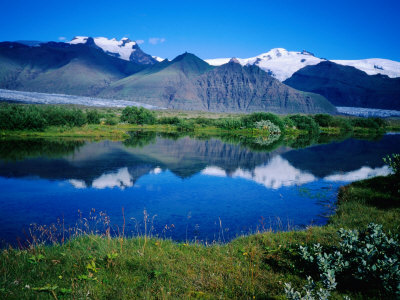

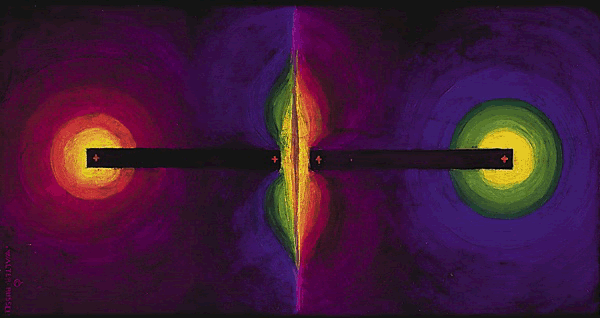
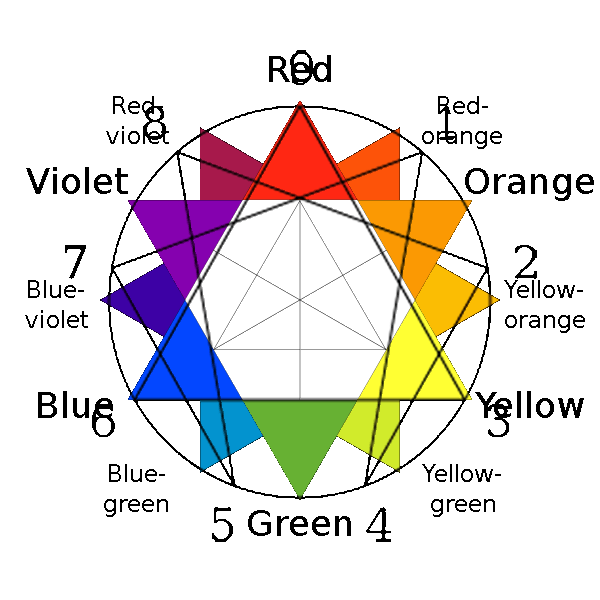
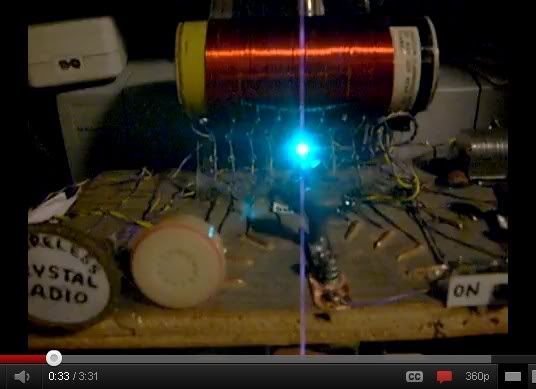


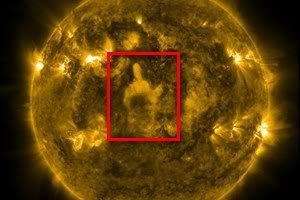







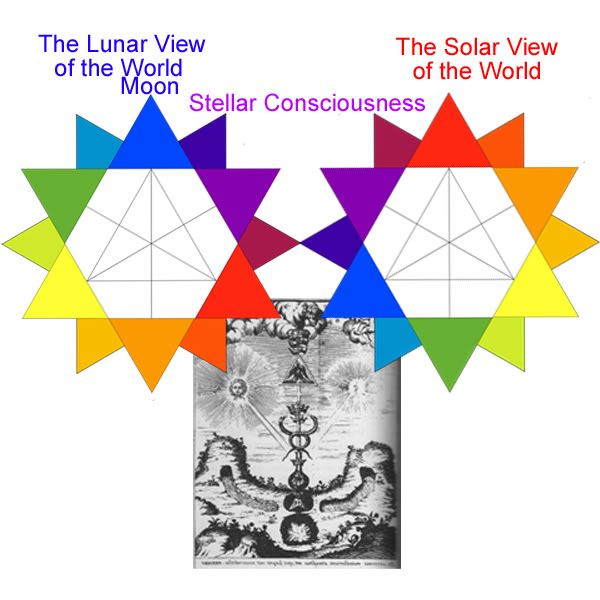



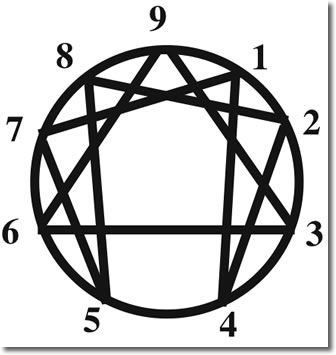


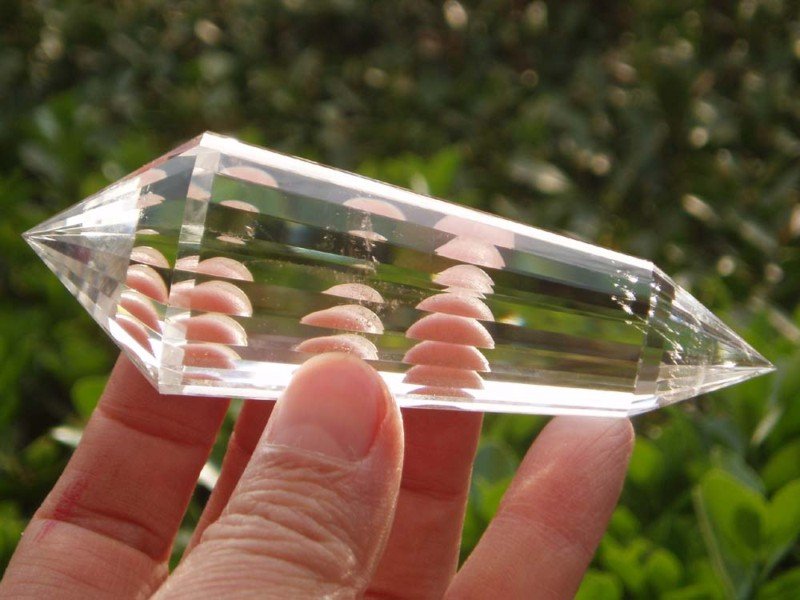




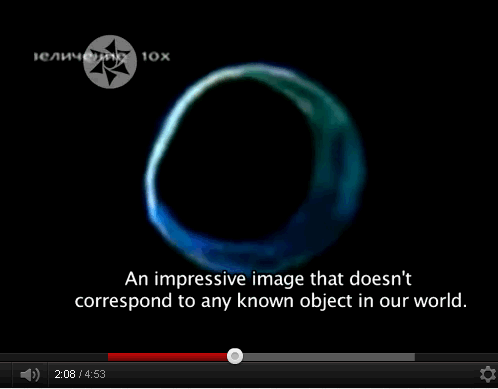
Comment